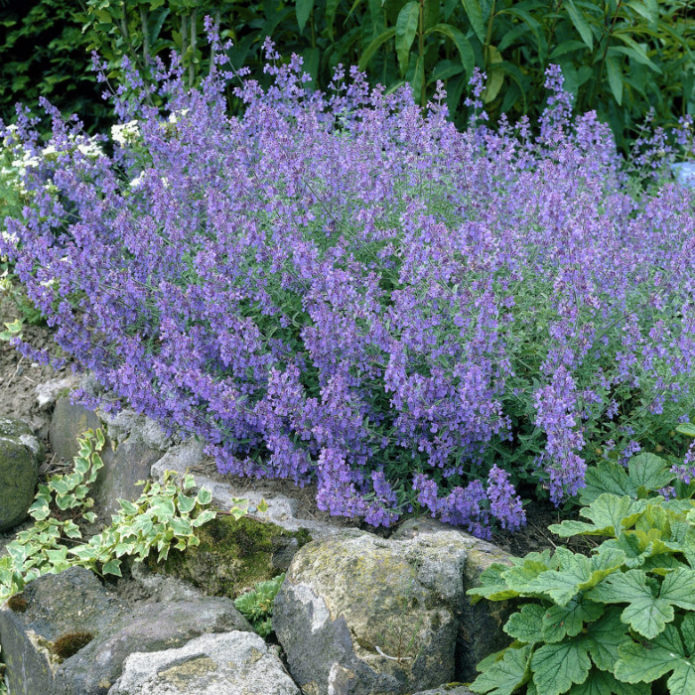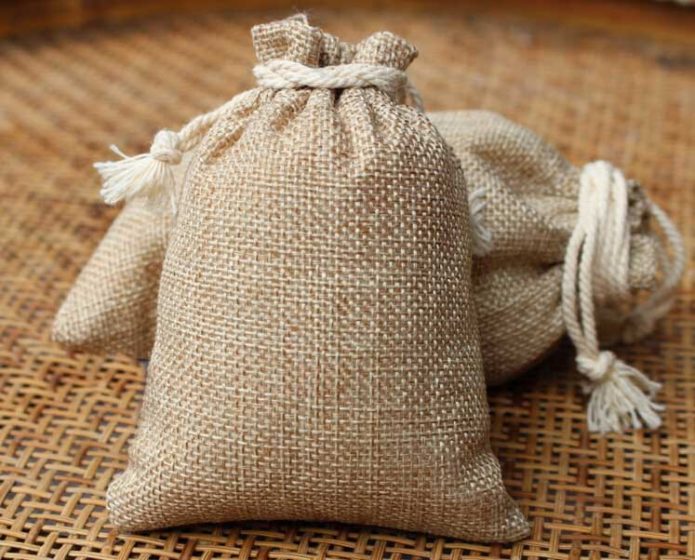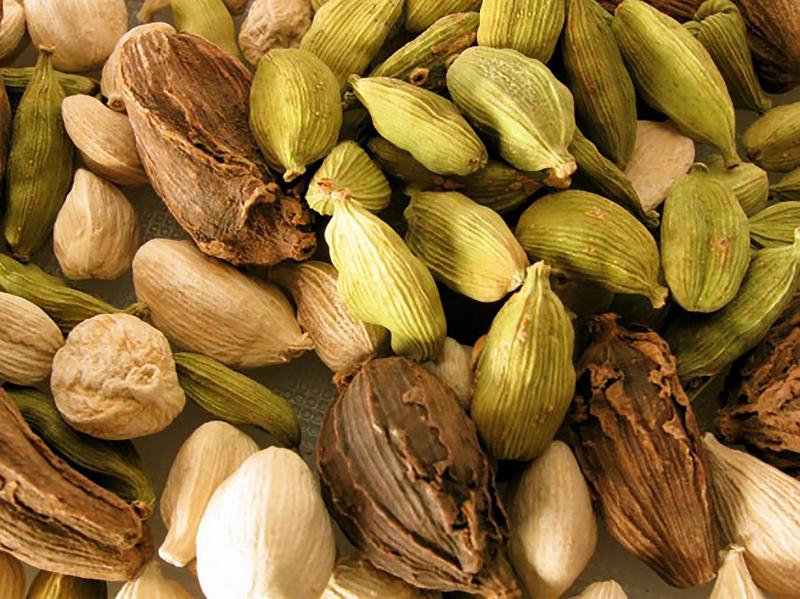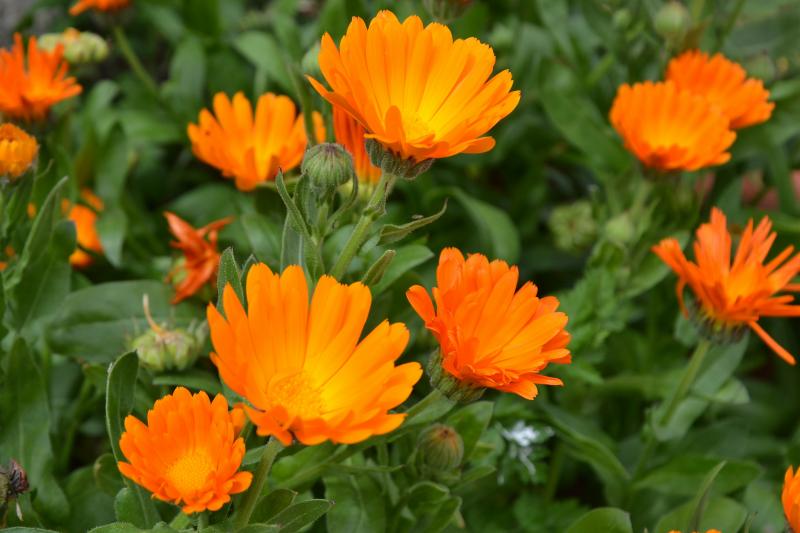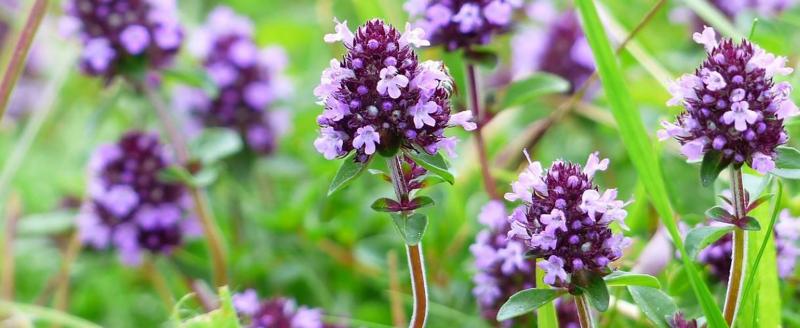Catnip is a perennial herb of the Lamiaceae family. It has medicinal properties and is used in traditional medicine. Various medicinal decoctions and tinctures are prepared from it, which I also use.
What does a catnip look like: photo and description
Catnip is a plant with a branched rhizome and a high stem. Its leaves are triangular, with pointed edges. Lilac or dark purple catnip flowers are collected in inflorescences. The aerial parts of this plant are distinguished by a bitter-spicy taste.
The catnip is called catnip because it has a peculiar smell that attracts cats. The plant is also known under the names matoshnik, scented chandra and field balm.
Experts have more than 200 varieties of catnip. Most of the species are wild, and only a few are grown outdoors as ornamental plants. For medicinal purposes, the most popular variety is used - lemon catnip, or catnip. This plant is not included in the State Register of Medicines of the Russian Federation and is used in traditional medicine recipes. Catnip extract is also present in some cosmetics and veterinary preparations.
Video: what is fragrant shandra
Useful properties of the plant
The benefits of catnip for the human body are due to its rich chemical composition. Catnip contains:
- tannins;
- essential oils;
- flavonoids;
- saponins:
- vitamin C;
- glycosides.
In folk medicine, the aerial part of the fragrant shandra is used. Products made from catnip have the following medicinal properties:
- anti-inflammatory;
- antispasmodic;
- diaphoretic;
- sedative;
- bactericidal;
- hemostatic;
- calming;
- antipyretic;
- expectorant;
- diuretic.
Indications for use
Shandra fragrant products are used for external and internal use. It is recommended to use medicinal infusions and decoctions inside if you have the following diseases:
- bronchitis;
- neurasthenia;
- migraine;
- diseases of the gastrointestinal tract;
- neurosis of the heart;
- ARI and ARVI;
- anemia;
- hysteria.
Shandra fragrant products also help improve appetite and boost immunity.
Externally, funds are used for:
- scabies;
- acne;
- weeping eczema;
- furunculosis;
- purulent skin rashes.
Contraindications
Catnip has both medicinal properties and contraindications. It will harm women during pregnancy and breastfeeding. Since catnip helps to accelerate the heart rate, it is contraindicated for people suffering from tachycardia. If you are prone to allergic reactions, the use of funds should be started with small doses to check the body's response. With the correct use of decoctions and infusions, side effects are not observed.
Since catnip has a diuretic effect, it is undesirable to ingest a remedy based on this plant an hour before bedtime.
Popular catnip-based recipes
The following medicines can be prepared from the leaves and other aerial parts of the catnip:
- alcohol tincture;
- decoction for inhalation;
- herbal tea;
- infusion for internal and external use.
Catnip products are complementary. They are not a substitute for medication prescribed by your doctor.
Tincture
Ingredient List:
- 100 g of dried raw materials;
- 800 ml of vodka.
Cooking instructions:
- Pour the vegetable raw material with vodka.
- Let the product brew for 7 days.
- Filter out the tincture.
Take the prepared product should be 10 ml, in the morning. Alcohol tincture is recommended for enhancing immunity and treating viral diseases.
Decoction
Ingredient List:
- 10 tsp dried herbs;
- 1 liter of hot water.
Instructions for preparing the broth and carrying out the procedure:
- Boil the catnip on low heat for 10 minutes.
- You need to sit over the container with the broth, tilt your head and cover yourself with a towel.
- During the procedure, you should breathe through your mouth so that the steam can enter the bronchi and act on them.
- After the end of the procedure, you need to lie down for half an hour.
Repeat inhalations for bronchitis should be daily, 2 hours before meals. The procedure should last from 5 to 15 minutes.
Tea
Ingredient List:
- 50 g catnip;
- 1 liter of boiling water.
Step-by-step cooking instructions:
- Vegetable raw materials should be boiled with boiling water.
- The product must be soaked in a water bath for 30 minutes.
- Strain the tea before drinking.
Drinking this herbal tea is recommended for colds, sinusitis and diseases of the gastrointestinal tract. You can add honey or sugar to it to taste.
Infusion
Ingredient List:
- 1 tsp catnip;
- 250 ml boiling water.
Instructions for preparing the infusion:
- Vegetable raw materials must be poured into a thermos and poured with boiling water.
- The product must be allowed to brew for 3 hours.
- The infusion should be filtered.
The finished product is recommended to be taken orally in 1 tbsp. l. 3 times a day 30 minutes before meals for diseases of the stomach, intestines and to increase appetite.
Procurement and storage of plant materials
It is recommended to harvest plant raw materials during the flowering of catnip. To begin with, the tops of the heads with leaves and flowers need to be cut off, tied into bunches, and then dried under a ventilated canopy.
It is advisable to store vegetable raw materials in a room, in a suspended state. If there is nowhere to hang the bundles, then the collected catnip should be finely chopped and packaged in small linen bags. It is not advisable to put the herb in a plastic container as it may deteriorate. During storage, it is advisable to periodically check the condition of plant materials. For the preparation of medicines, a gray-green herb is suitable... If mold is found during inspection of raw materials, then the catnip should be briefly put into the oven and dried at a temperature of 60 ° C.
The shelf life of the dried catnip is 2 years.
Feedback on the results of using funds
Catnip is used in folk medicine as an anti-cold, general tonic. But I like the smell of the plant better and the slight sedative effect it has. In the summer, I make decoctions from catnip, mixing a couple of young shoots with currant leaves and ordinary peppermint.
Personally, I got rid of serious problems with maxillary sinuses. Drank one cup of tea a day from the catnip for a week.
When you are over seventy (and I am 78 years old), it is difficult to believe that there is a magical plant in the world that can restore your youth. But if you are often sick and have a weakened immune system, switch to tea with the addition of catnip. Soon you will feel that you stop getting sick often, a feeling of youth and lightness returns to you, interest in life wakes up, the work of the cardiovascular system improves, headaches and pains in the liver disappear somewhere, coughs and colds are a thing of the past. The cattleman is also useful for those who have stomach problems. If you cannot take a tincture on alcohol, prepare decoctions, add a teaspoon of honey to a glass and drink to your health! If you want to breathe sterile air, put gauze moistened with a broth of lemon catnip over the grill of the household fan.
Catnip has a rich chemical composition and many health benefits. But before using medicinal decoctions and infusions based on catnip, you should first consult with your doctor, and also familiarize yourself with the contraindications.
